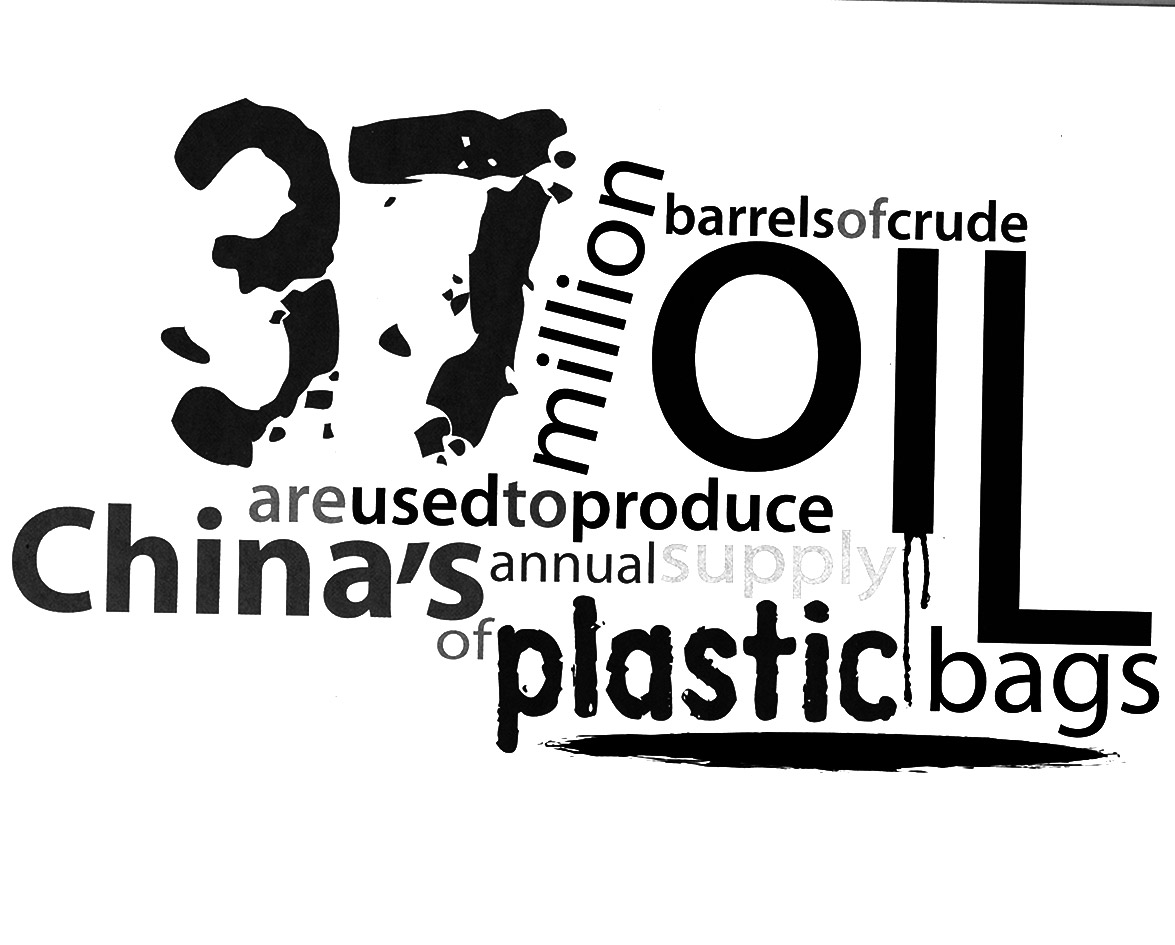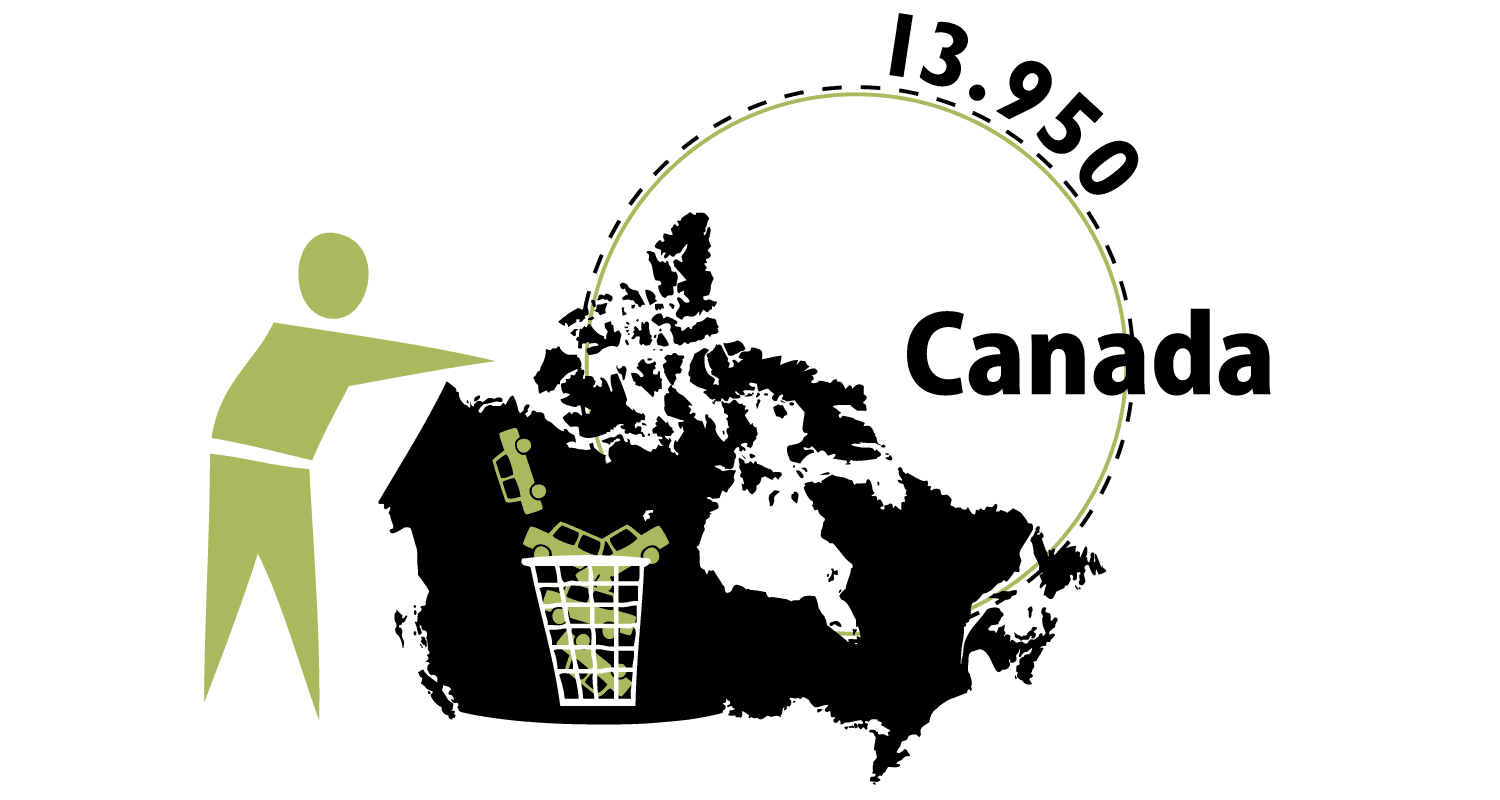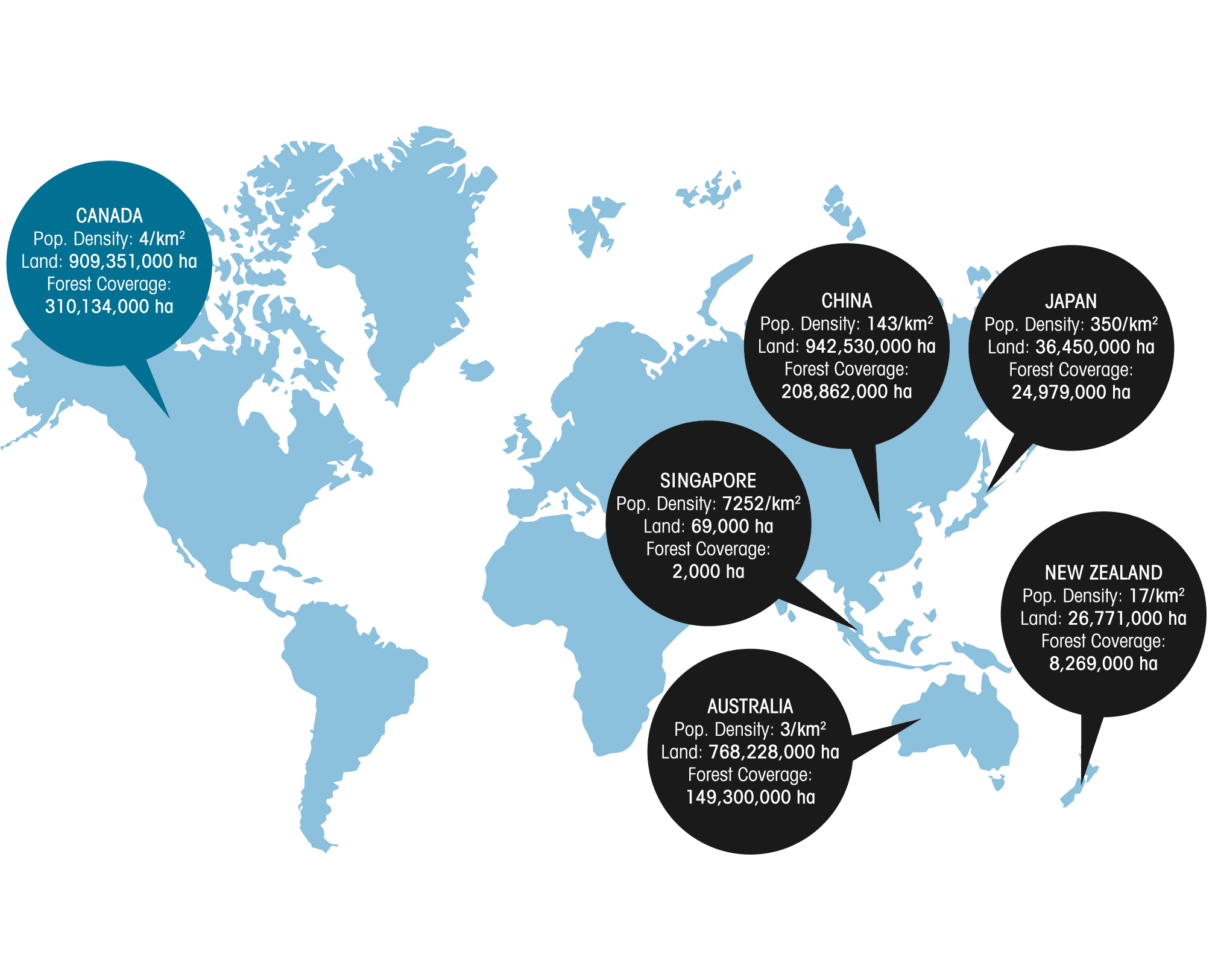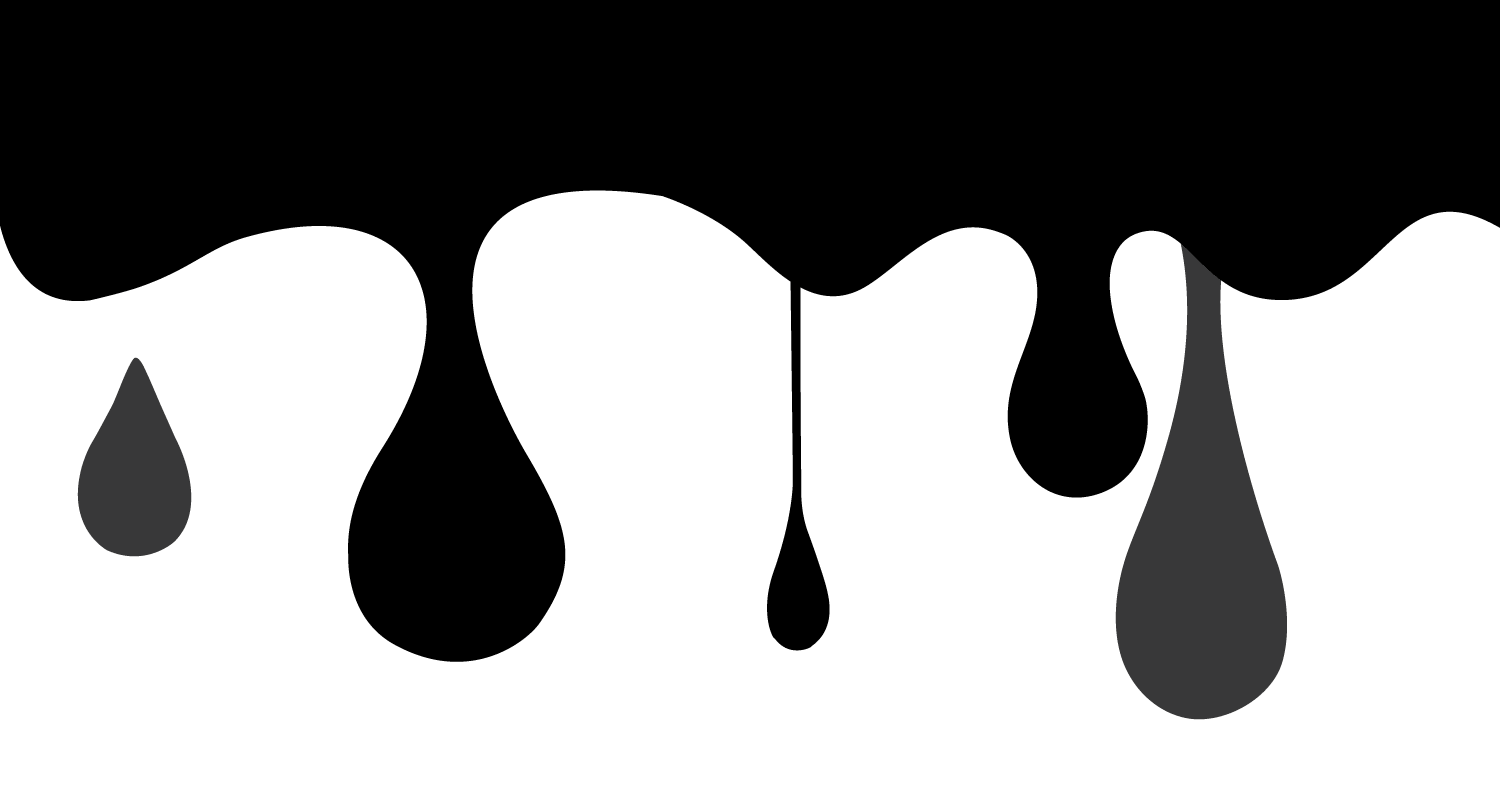Japan
Population:
127,078,679
World’s 10th highest population*
Area:
364,485 km2(total) 13,431 km2(water)
Japan’s environmental policies have always reflected a balance between economic development and environmental protection. Due to rapid economic growth and lack of regulations in the 1950s and 60s, severe environmental pollution occurred. Although pollution is still an issue, Japan is one of the world’s leaders in the development of new environmentally friendly technologies such as hybrid vehicles and solar power. With the world’s fifth highest rate of emissions, Japan is determined to improve its current rank by fighting climate change. In addition to being a member of the Kyoto Protocol—and the host of the 1997 conference that created it—the country has also formulated the Climate Change Policy Program to further its commitment to the treaty. While Japan has made giant leaps in solving many environmental issues, it has been criticized for whale hunting, as well as for overfishing, particularly of various types of tuna. The country claims that it’s committed to “sustainable harvesting.”
Hong Kong
Population:
7,026,400
World’s 100th highest population*
Area:
1,054 km2(total) 50 km2(water)
The major issues in Hong Kong’s environment are air and water pollution caused by rapid urbanization. Although measures have been taken to address both types of pollution, Hong Kong has been internationally criticized for its incomprehensive data and lack of clear deadlines in which these issues should be rectified. Because of a dense population and frequent traffic congestion, street-level air pollution and smog are two main environmental issues. Since 1999, particulates and nitrogen levels in the city have dropped by 8% and 11%, respectively. In 2001, the number of smokey vehicles on city streets was reduced by approximately half. “Clear the Air” is an organization devoted to improving the city’s air quality. The organization is involved in several campaigns; the most recent one is the ban on idling engines. Clear the Air provides statistics, posts frequent news articles and encourages Hong Kong’s citizens to join the organization and spread the word.
Philippines
Population:
97,976,603
World’s 12th highest population*
Area:
300,000 km2(total) 1,830 km2(water)
Deforestation, often a result of illegal logging, is a severe problem in the Philippines. The country is prone to natural disasters, and the lack of forest cover often makes their impact even worse. Water pollution is another issue facing the country. Improper disposal of waste coupled with mismanagement of resources has contributed to the challenges the country is facing. Although the country is plagued by economic hardships, steps are being made to protect the environment. The Philippines Department of Environment and Natural Resources has made efforts to track down illegal loggers. In 2009, the Spanish government donated over US $5 million for a project called Enhancing Access to and Provision of Water Services with Active Participation of the Poor. Also in 2009 the Philippines, along with other South Asian nations, adopted the Coral Triangle Initiative to help protect the country’s large coral-filled coastline. The Philippines is a member of the Kyoto Accord.
South Korea
Population:
48,508,972
World’s 25th highest population*
Area:
99,720 km2(total) 2,800 km2(water)
Air pollution, acid rain and water quality are still problems in South Korea. Climate change is also likely to affect the country, as South Korea is an island nation. Since the majority of the population lives in urban areas, smog is a major issue. Progress has been made, though, and South Korea is making an effort to balance these issues. The government is committed to the United Nations’ Green Growth Program, a project based on maximizing the efficiency of natural resources, lowering energy consumption and reducing the amount of oil-dependent vehicles and their emissions. The country has also developed Special Measures for Metropolitan Air Quality Improvement, aimed at reducing the release of major air pollutants to half their current levels by 2014. South Korea is a member of numerous international environmental groups and treaties, including Ozone Layer Protection, the Biodiversity Treaty, Endangered Species, Hazardous Wastes, and the Kyoto Protocol.
China
Population:
1,336,800,000
World’s highest population*
Area:
9,569,901 km2(total) 27,060 km2(water)
As China is the world’s most populated country, energy consumption is the main governmental priority of 2010. A “Green Revolution” is underway as China focuses on eliminating outdated production facilities by halting 156 high-polluting projects. It is also allocating the equivalent of US $31 billion economic stimulus package to energy conservation, emission reduction and environmental protection. The United Nations’ Environment Program ranks China as one of the top 15 countries in the world for preserving forested areas. There is now a national ban on timber cutting. China’s reforestation is increasing at a rate of 2.2% per year. China also uses more plastic bags than any other country. It takes 37 billion barrels of crude oil to produce China’s annual supply of plastic bags. In an effort to reduce plastic bag usage, supermarkets, stores and shops no longer hand them out free; instead they urge citizens to use cloth and reusable shopping bags.
Taiwan
Population:
23,119,772
World’s 48th highest population*
Area:
35,980 km2(total) 3,720 km2(water)
Air and water quality topped the list of Taiwan’s most pressing environmental issues in 2010. Recently established is the Environmental Education Act, aimed at solidifying environmental policy by means of certification systems and by educational funds for environmental education workers, organizations, facilities, and industrial sites. Taiwan’s industrial sector is in the process of reducing greenhouse gas emissions through investigations and registrations. As 24 rivers provide 85% of the water used by Taiwan citizens, 301 water quality sampling stations have been established throughout Taiwan as of 2001. In 2008, Taiwan’s national recycling rate reached almost 42%, higher than that of France, Japan and the United States. With over 70 companies involved in the solar industry, Taiwan is a major exporter of solar cells and is ranked 4th globally in the solar-energy production sector.
*According to the CIA World Fact Book
“As people alive today, we must consider future generations: a clean environment is a human right like any other. It is therefore part of our responsibility towards others to ensure that the world we pass on is as healthy, if not healthier, than we found it.”
The Dalai Lama











